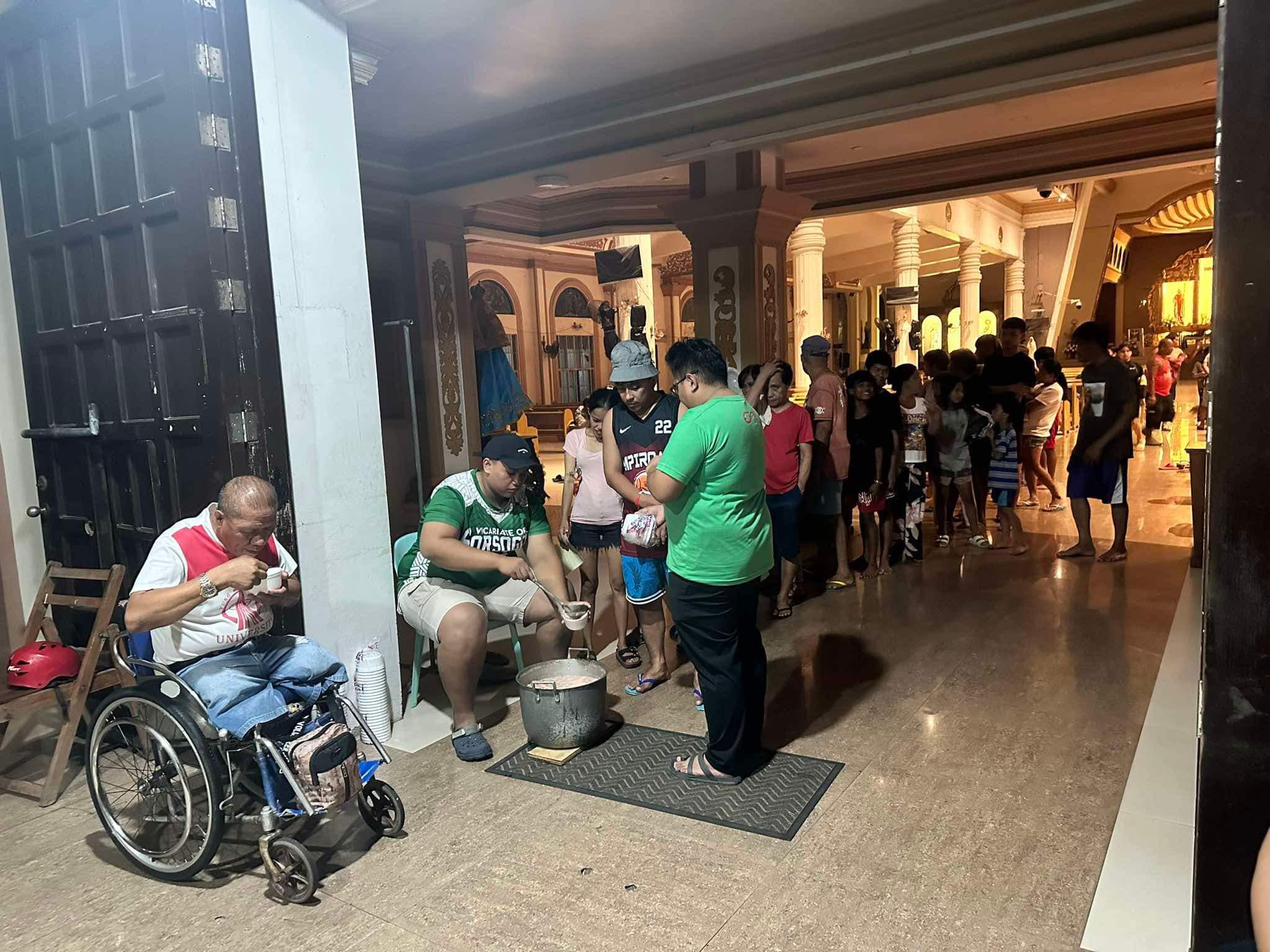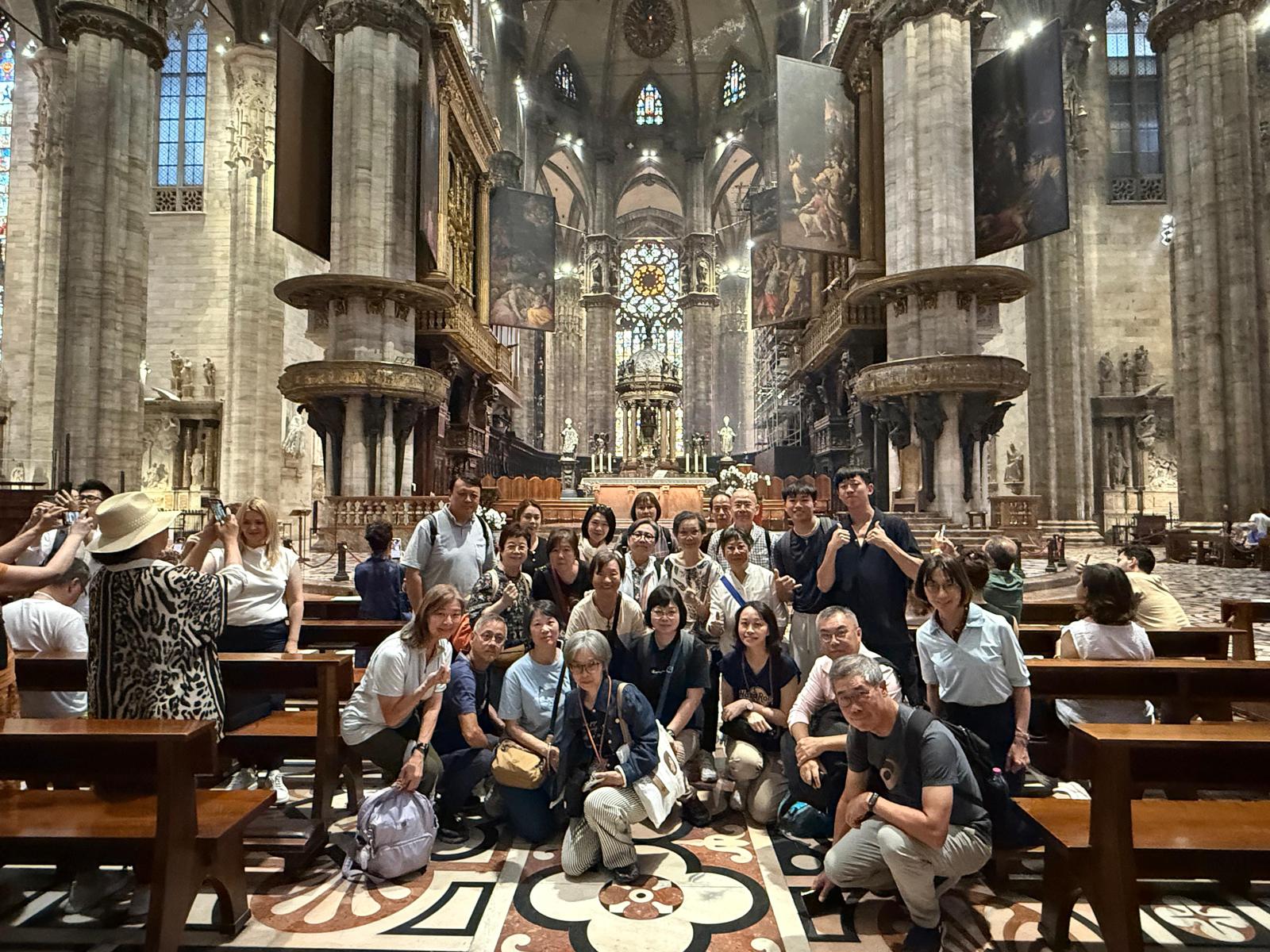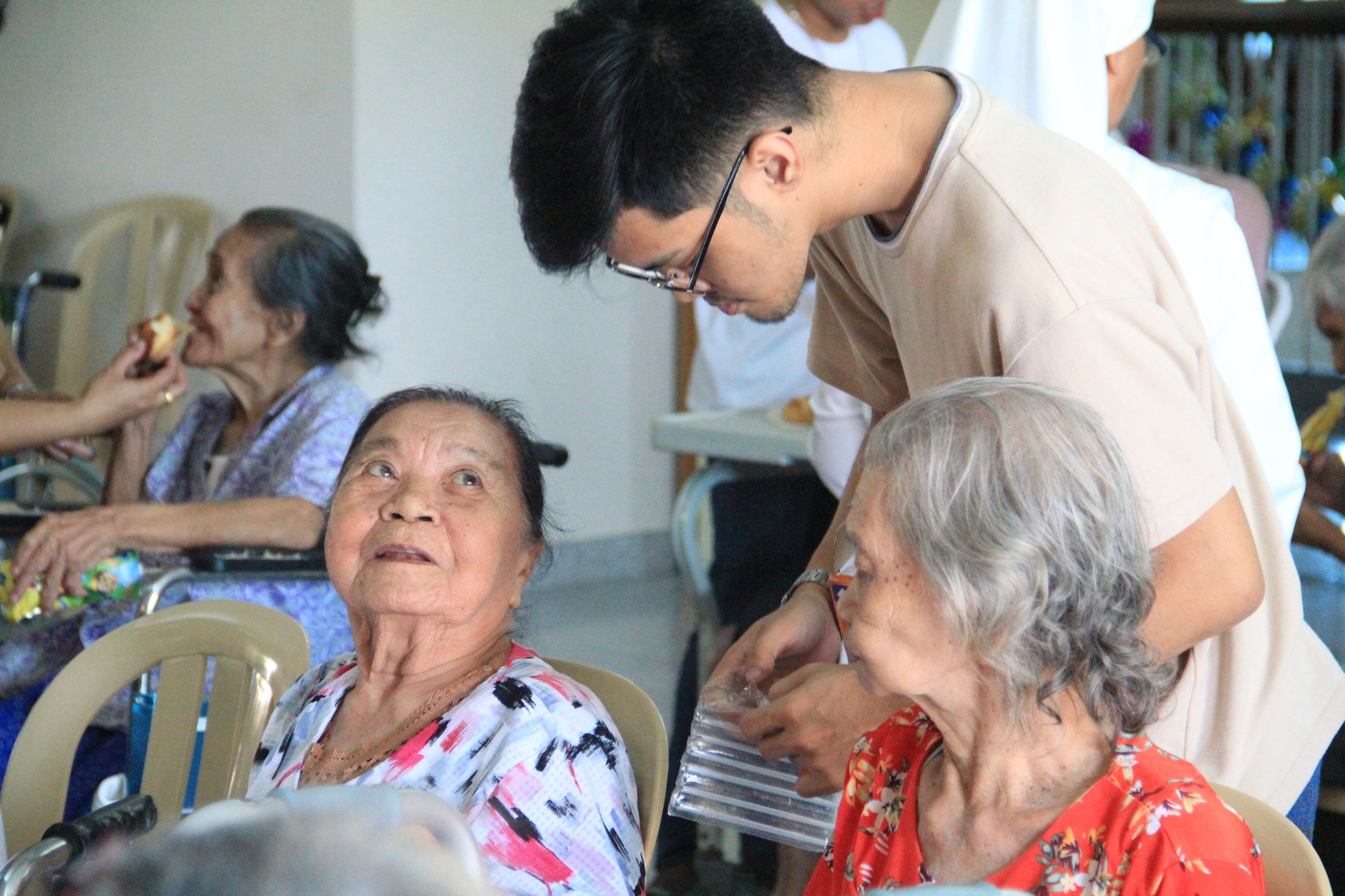Joaquim Magalhães de Castro
After following the footsteps of the pioneer missionaries who systematically travelled the most recondite Tibetan realms, a work that would result in the publication of numerous articles in magazines and newspapers, a book and four episodes of a TV documentary, I returned to that part of the world, this time to redo the little known but not less relevant route initiated by the two Jesuits based in South India, and whose trip will result a new documentary, in post production right now.
If you look at any randomly chosen Indian city, and at least as far as the stretch of road that we traveled to Hugli, crystallized by the image of fishermen seeking balance in peril lighter vessels or half-buried in vast flooded areas, the transit seemed to me quite civilized.
First surprise: the rurality of a small town that I thought was completely engulfed by the great metropolis of Calcutta. Fortunately, it does not. Which gives Hugli a status of almost village, quiet village, I would even say, were it not for the aggregate of people, bicycles and rickshaws. We could sense, we do not know very well from where, the characteristic trilogy of flutes and zither and the odor of incense. Unmistakable, one and the other.
Second impression: the houses of Portuguese inspiration, shutters of wood and varandins. One of them is more than 300 years old, they say, a palatial house with an interior courtyard, very degraded and with graffiti. All this is interspersed with buildings of obvious Mughal architectonic characteristics. Four kilometers from Bandel – the historic district of Hugli, so to speak – is this panorama: tortuous streets, students with “I love clean body, clean mind, clean school” t-shirts, and the feeling of being before an insistent electoral circus, such is the variety of posters with diverse and colorful logos. Compared with the exuberant congeners of Bangladesh, the Bengal rickshaws are quite modest.
Once the merchants had been set up in the remote years of the 16th century, it was only natural that missionaries, spiritual workers, should join them. That would be assured, at an early stage, by the Augustinians, at the time the largest religious group based in Goa. Monks arrived in Bandel in 1599, and immediately they were put to work with the construction of a convent consecrated to St Nicholas of Tolentino. The Jesuits soon arrived, building a residence and a hospital. One and the other, rivals from the first hour, would dispute the primacy of the evangelization of Bengal, unaware, however, of the nebulous times which, with all its wandering but at a right pace, were approaching.


 Follow
Follow


